Before renting a work platform , you should know the most important specifications – not only for efficient work, but above all for safe work. Working height, load capacity, and reach are the key factors. But platform size, drive system, and ground pressure can also be crucial. This guide explains the key terms in a clear and practical way.
The key specifications at a glance
| Expression | Meaning | Unit / Example |
|---|---|---|
| Working height | Maximum height at which a person can work safely (platform height + approx. 2 m). | 12 m |
| Platform height | Height of the platform above ground when retracted. | 10 m |
| Max. lateral reach | Horizontal distance from the standpoint to the outermost edge of the basket. | 8 m |
| Load capacity / payload | Maximum load on the platform including people, tools and material. | 230 kg |
| Dead weight | Weight of the platform without payload – important for transport and ground pressure. | 3,500 kg |
| Dimensions | Length × width × height of the stage when retracted. | 2.0 × 1.2 × 2.0 m |
| Driving speed | Travel with the platform retracted and extended. | 4 km/h |
| climbing ability | Maximum surmountable gradient in the terrain. | 30% |
| drive | Electric, diesel, hybrid or gas – depending on the location. | – |
| Basket rotation | Rotation range of the work basket around its own axis. | 180° |
| Boom type | Telescopic (straight) or articulated (flexible around obstacles). | – |
| Overlap protection | Protection against accidentally driving over obstacles. | e.g. railing height 1.1 m |
| Soil pressure | Load on the ground caused by the stage. | kN/m² |
| Loading time | Time required for battery charging in electric models. | 7 hours |
| Operating time | Operating time per battery charge or tank fill. | 8 hours |
Working height and platform height
The working height is not the platform height, but the height a person can reach on the platform. Always allow approximately 2 meters for headroom. Platform height plus the additional height equals the working height. This allows you to check whether the platform is suitable for facades, ceiling installations, or tree trimming.
Load capacity and basket load
The cage load indicates the total load the platform can safely support—including personnel, tools, and materials. Exceeding this limit compromises not only safety but also the technical performance. Always plan with a reserve to ensure you have a buffer for unexpected additional loads.
Reach and boom types
With telescopic and articulated boom lifts, lateral reach plays a key role. It determines whether you can overcome obstacles or reach hard-to-reach areas. Telescopic arms offer maximum reach, while articulated arms are more flexible in tight spaces.
Other important specifications
Platform size
The larger the platform, the better you can work with multiple people or a large number of tools. This increases productivity and safety, especially during assembly work.
Driving and steering characteristics
All-wheel drive, articulated steering, and tight turning radii are crucial for use on confined construction sites or in halls. Mobility saves time when moving the platform.
drive
Electric models are suitable for indoor use – quiet and emission-free. Diesel machines are ideal for outdoor use. Hybrids combine both and offer flexibility.
Gradeability and ground pressure
In off-road conditions, climbing ability is key. All-wheel-drive or tracked platforms easily overcome inclines. On sensitive soils, however, ground pressure is crucial to prevent damage.
Transport dimensions
The compact dimensions when retracted determine whether the platform fits through narrow driveways or can be transported. This is an important criterion, especially on inner-city construction sites.
Basket rotation and ease of use
Many platforms offer a rotating work basket. This allows you to work more efficiently, as the platform doesn't have to constantly reposition itself. Also pay attention to controls, emergency lowering systems, and overreach protection for additional safety.
Operating time and charging time
For electric platforms, charging time and operating time are crucial for planning. Modern batteries often last a full shift, but recharging takes several hours, depending on the model.
Conclusion: The right stage through clear data selection
Selecting a work platform is based on technical specifications, not gut feeling. Working height, load capacity, and reach are the fundamentals. Details such as platform size, drive system, gradeability, and ground pressure make the difference. Understanding the specifications will help you choose the right platform and work safely, efficiently, and productively. If you're unsure, we'll be happy to advise you and find the optimal solution for your project.


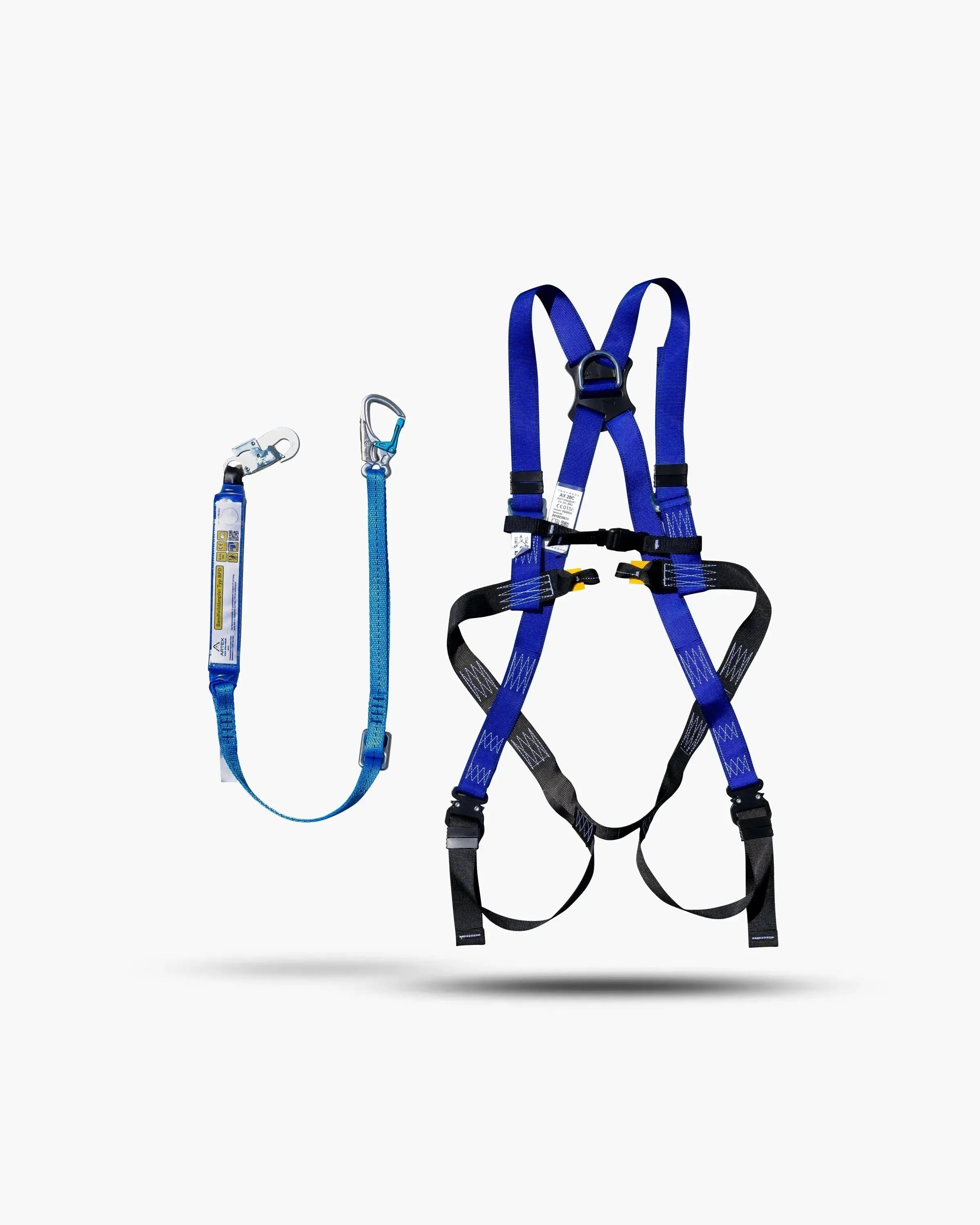


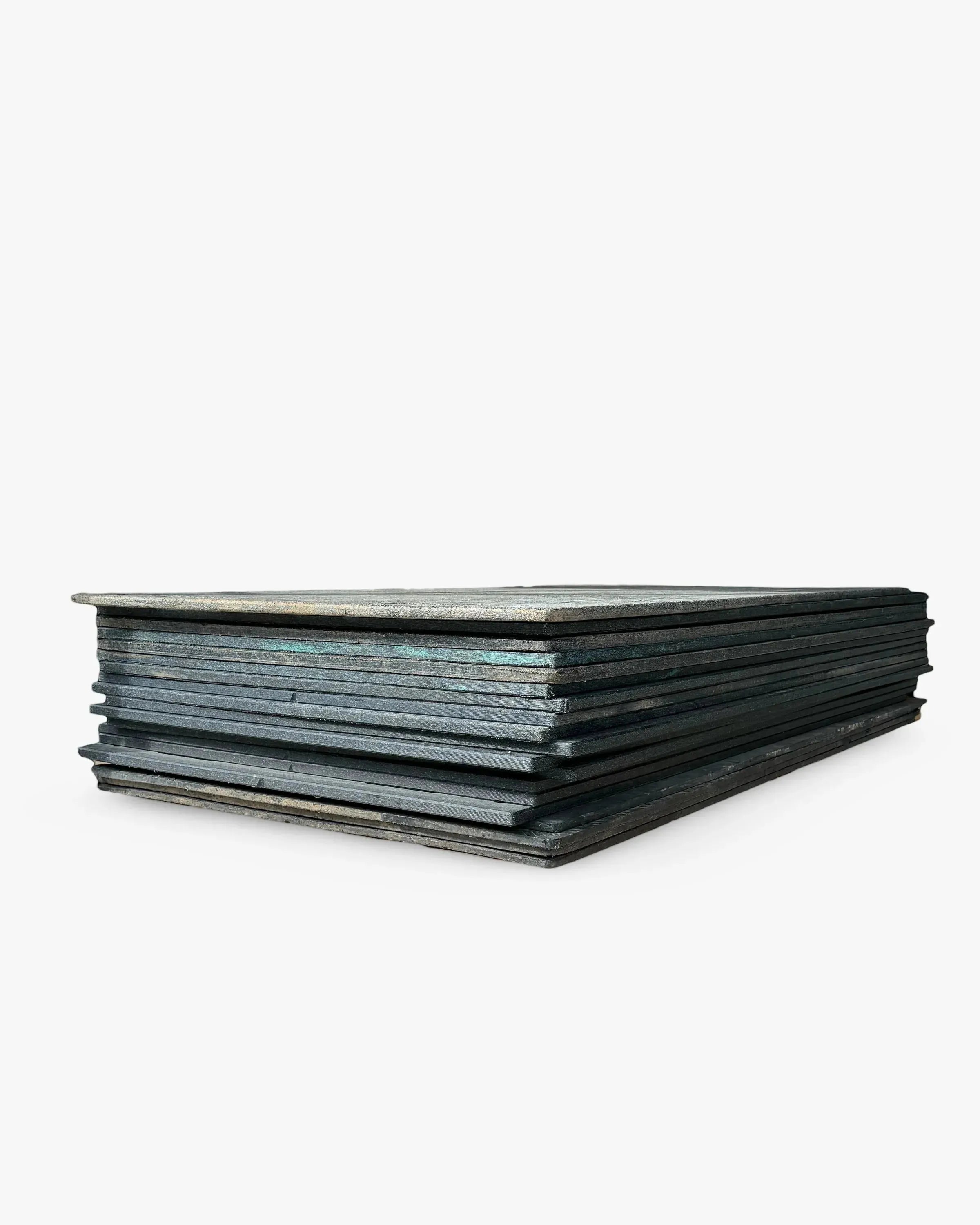

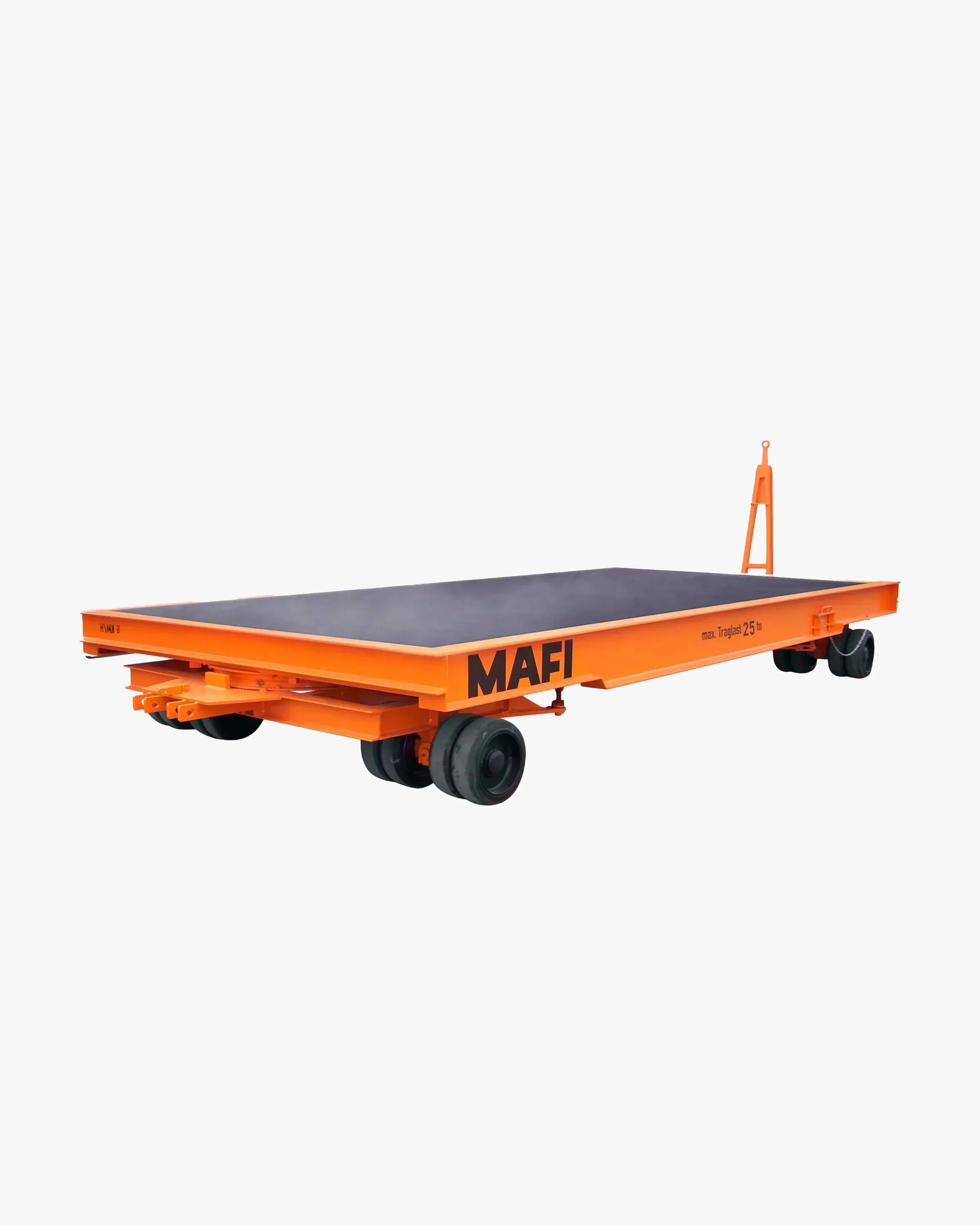
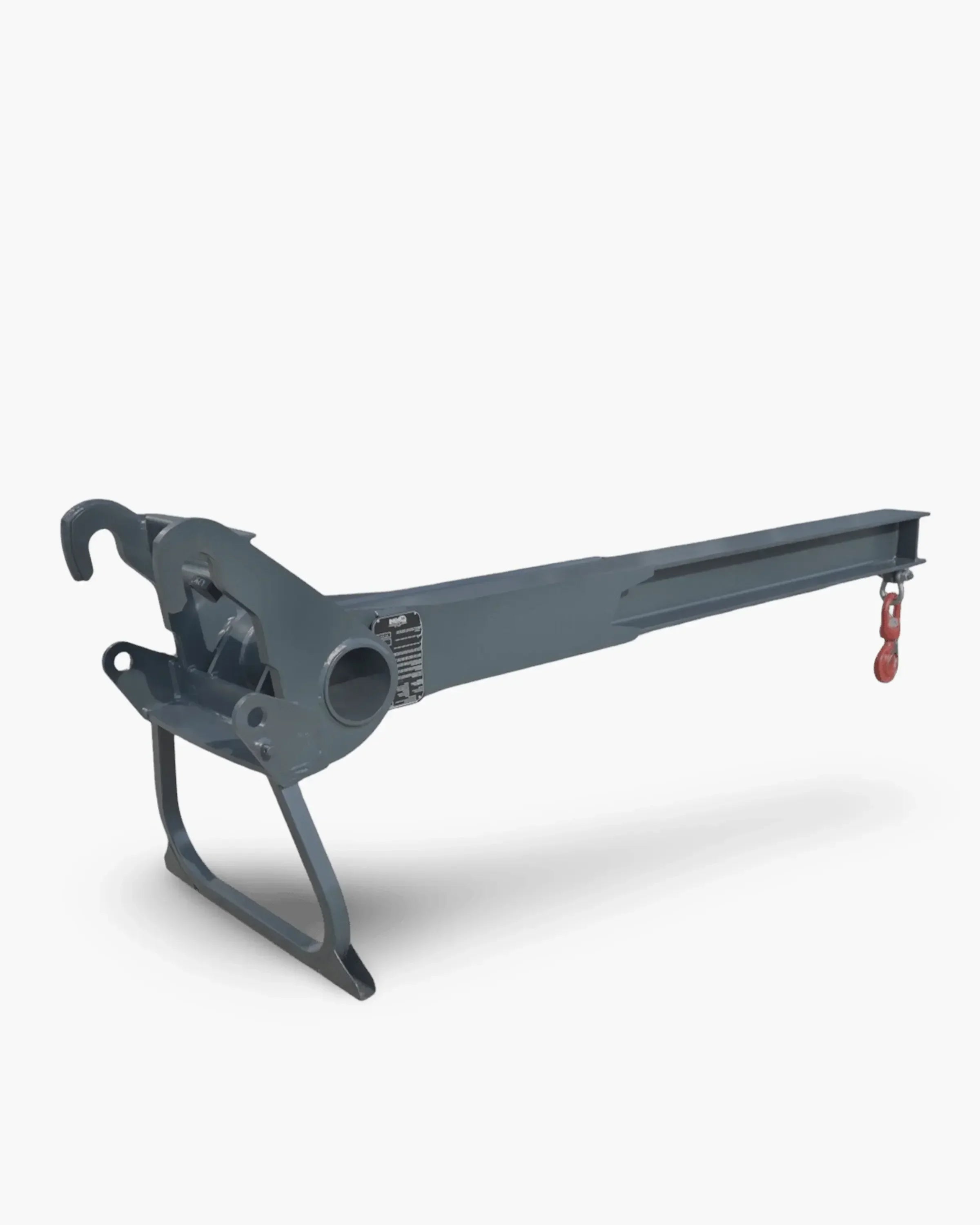
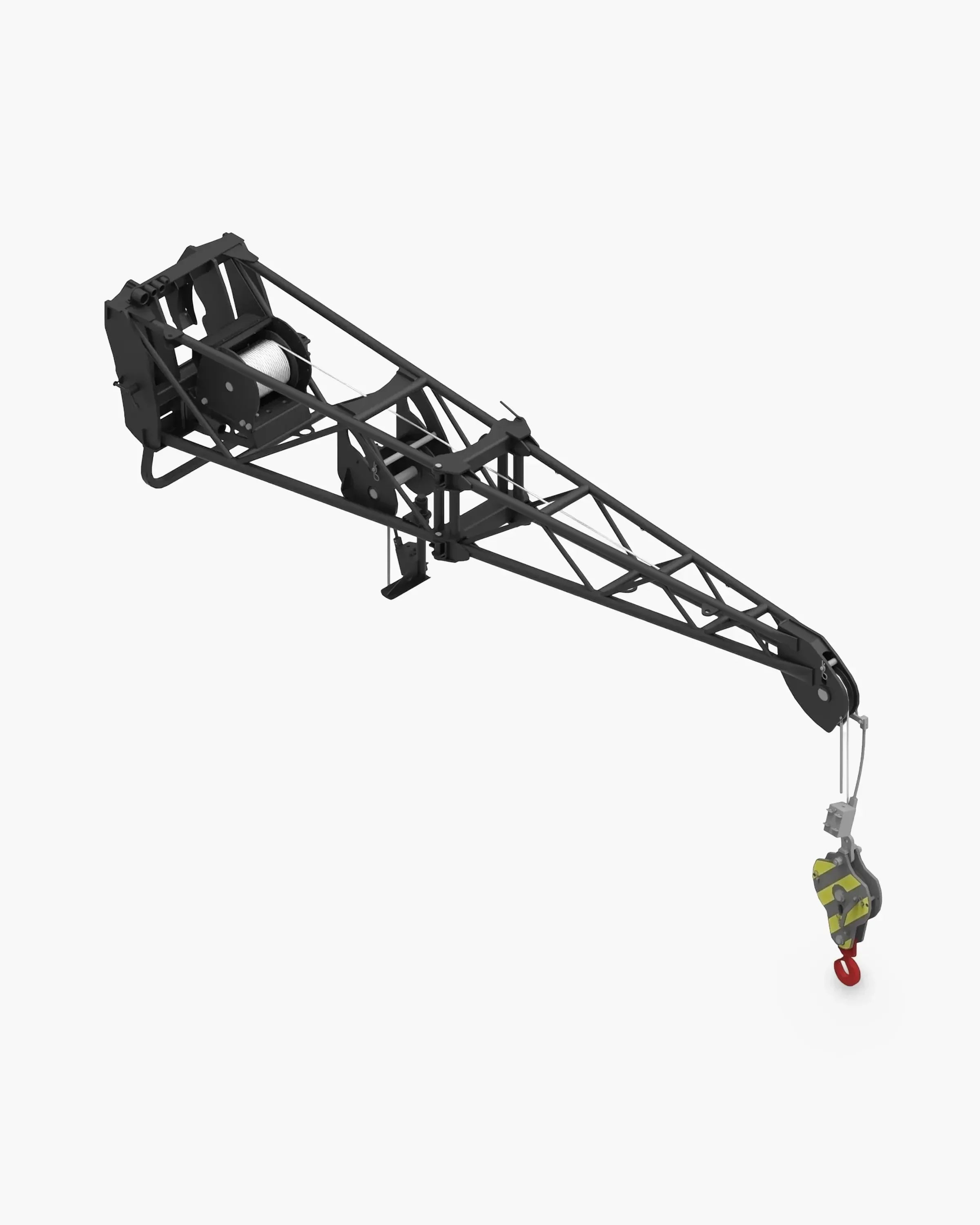
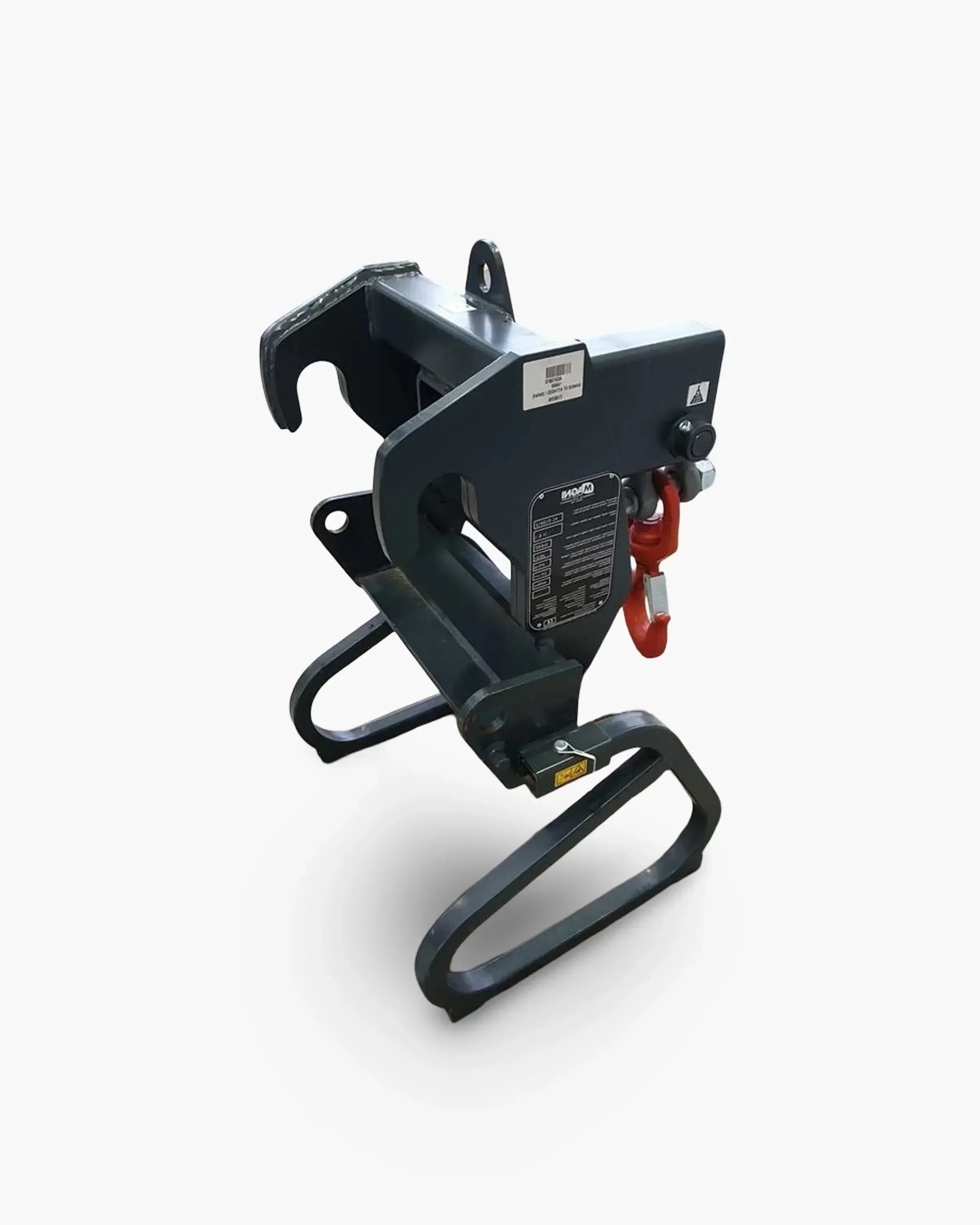

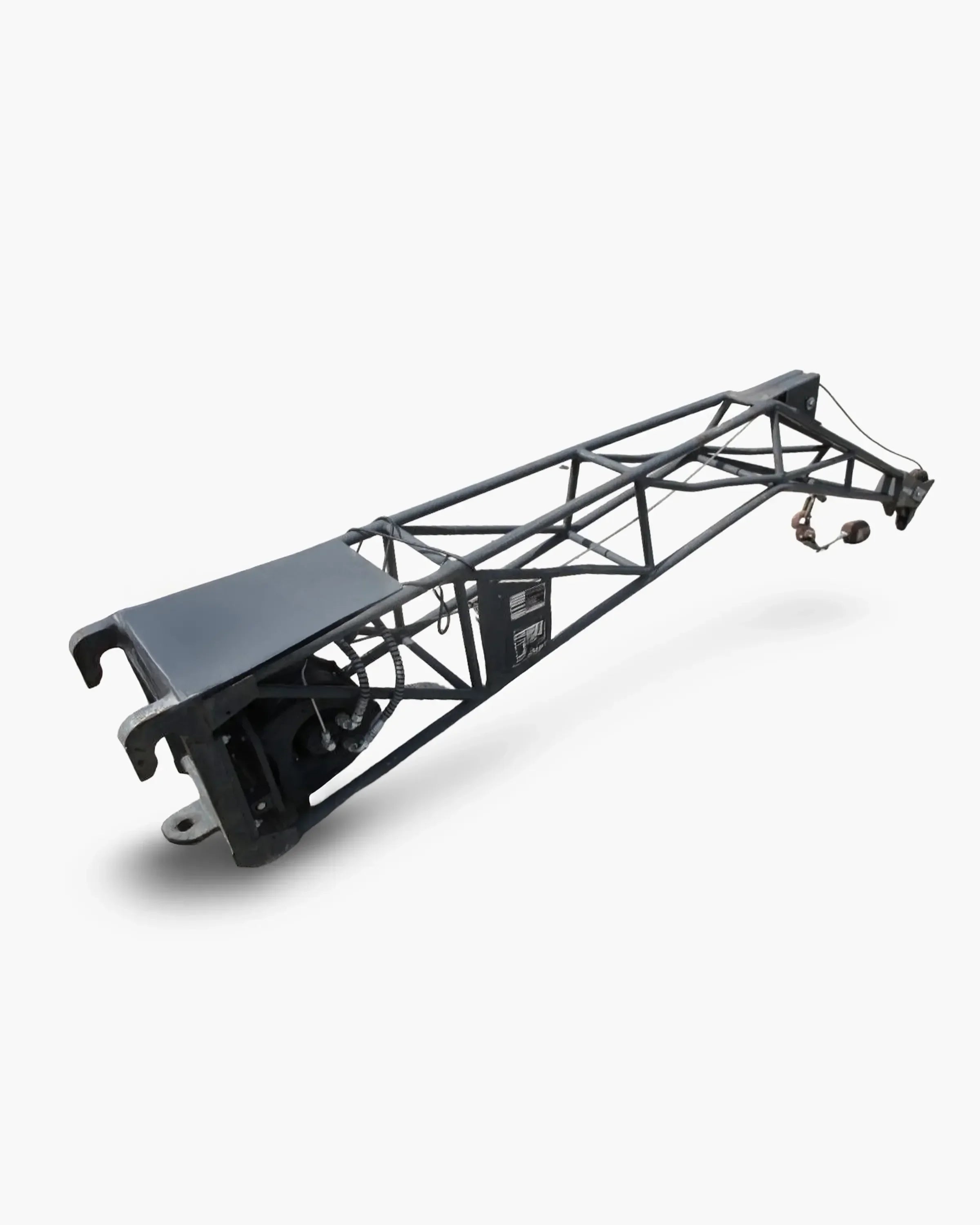
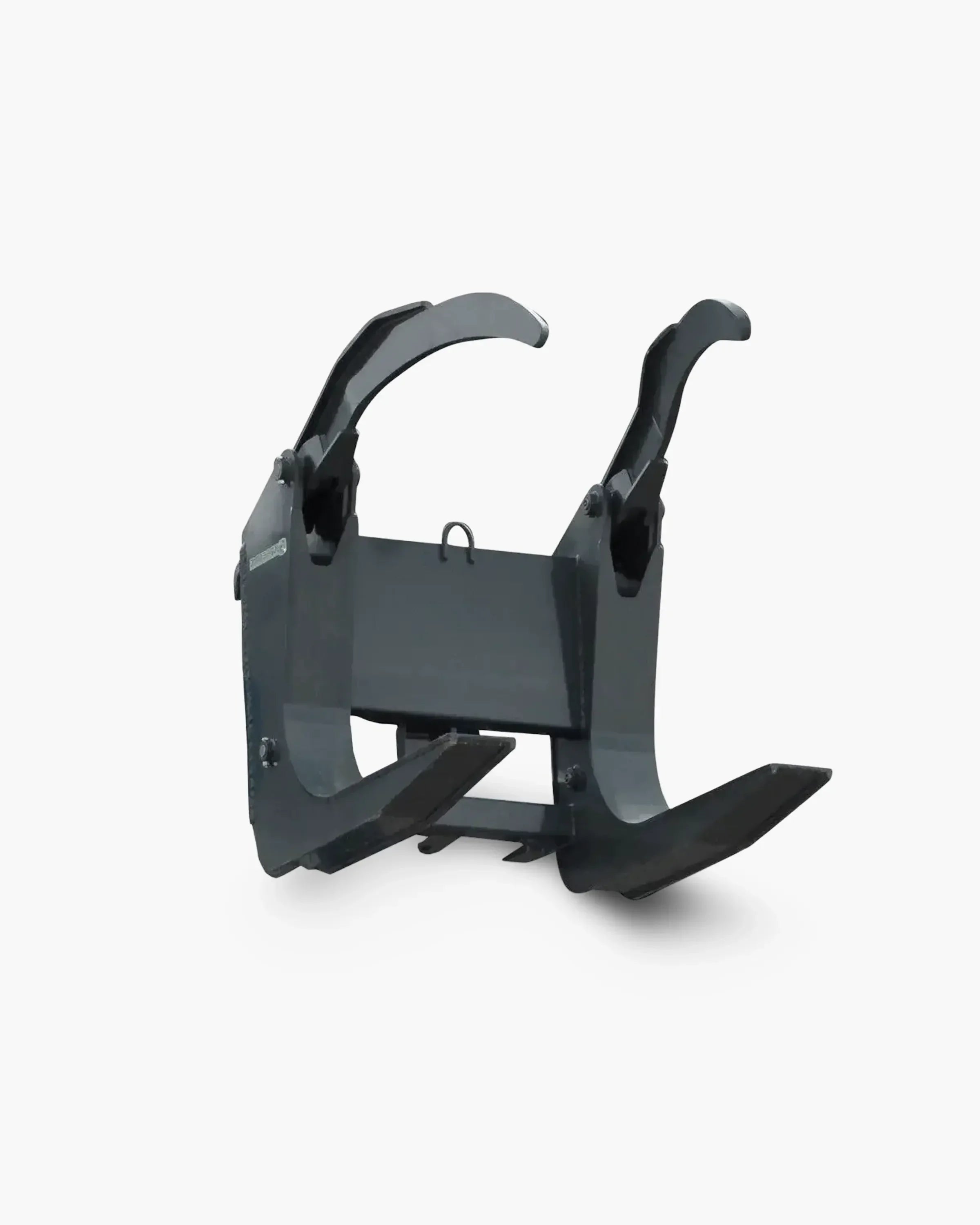
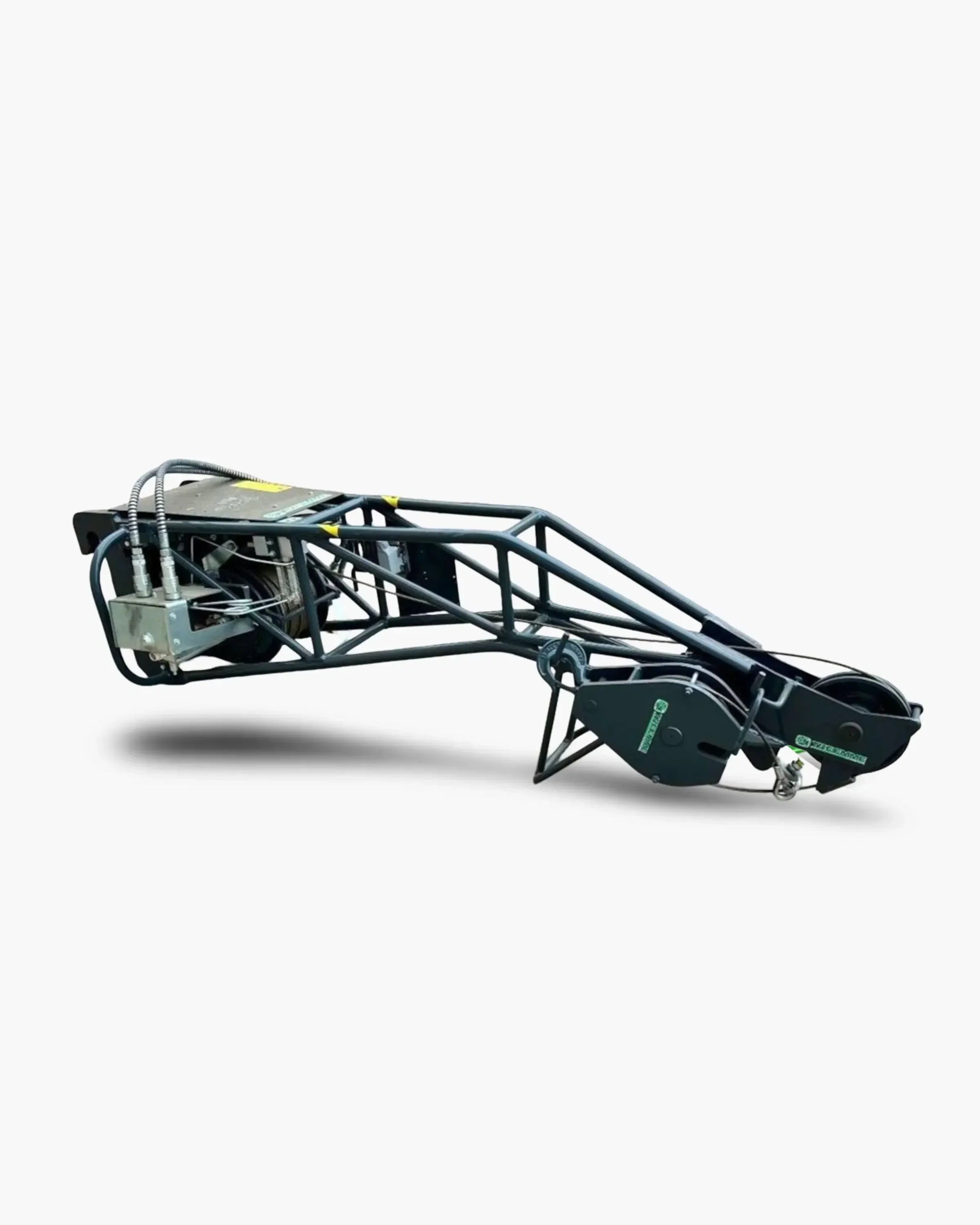

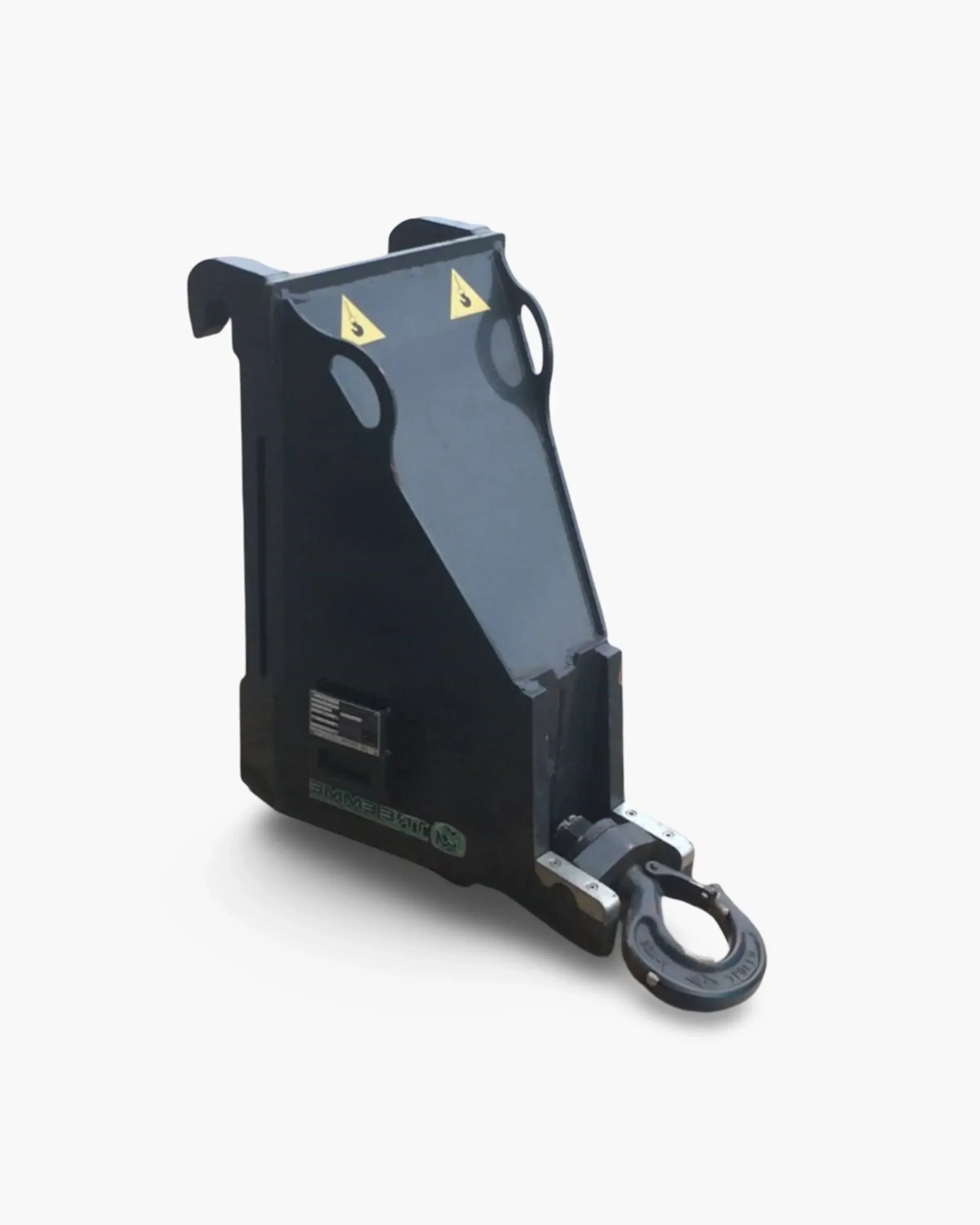
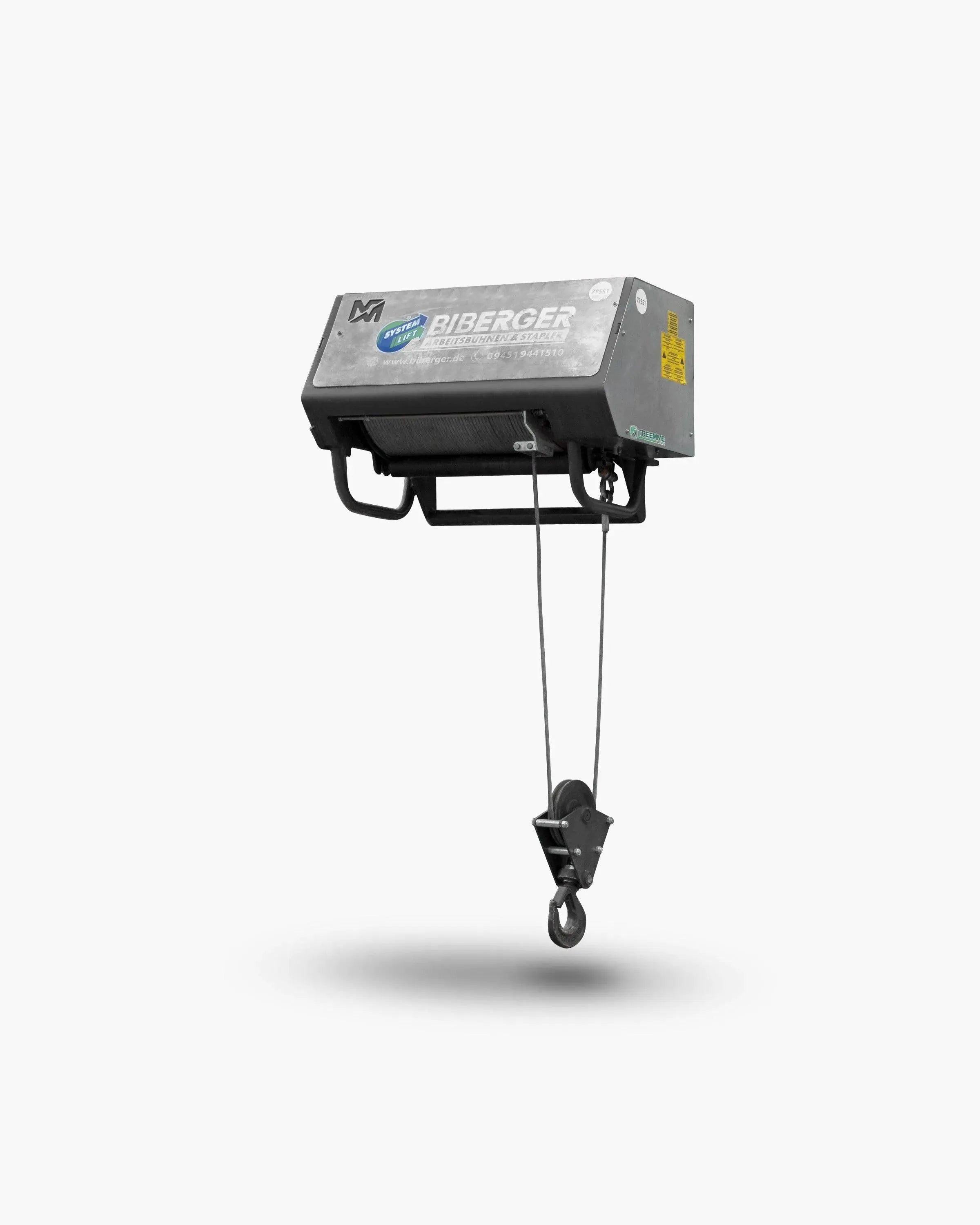
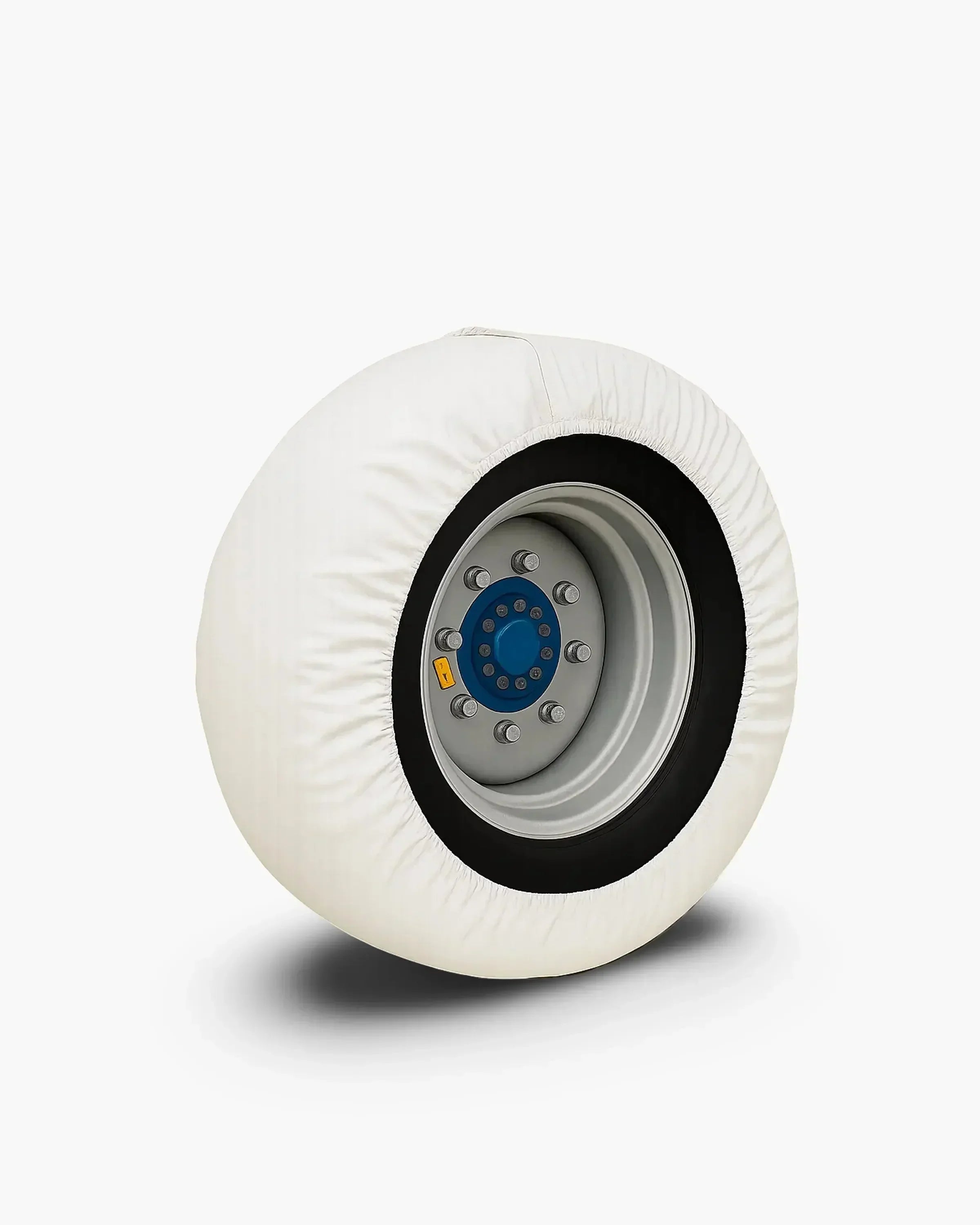


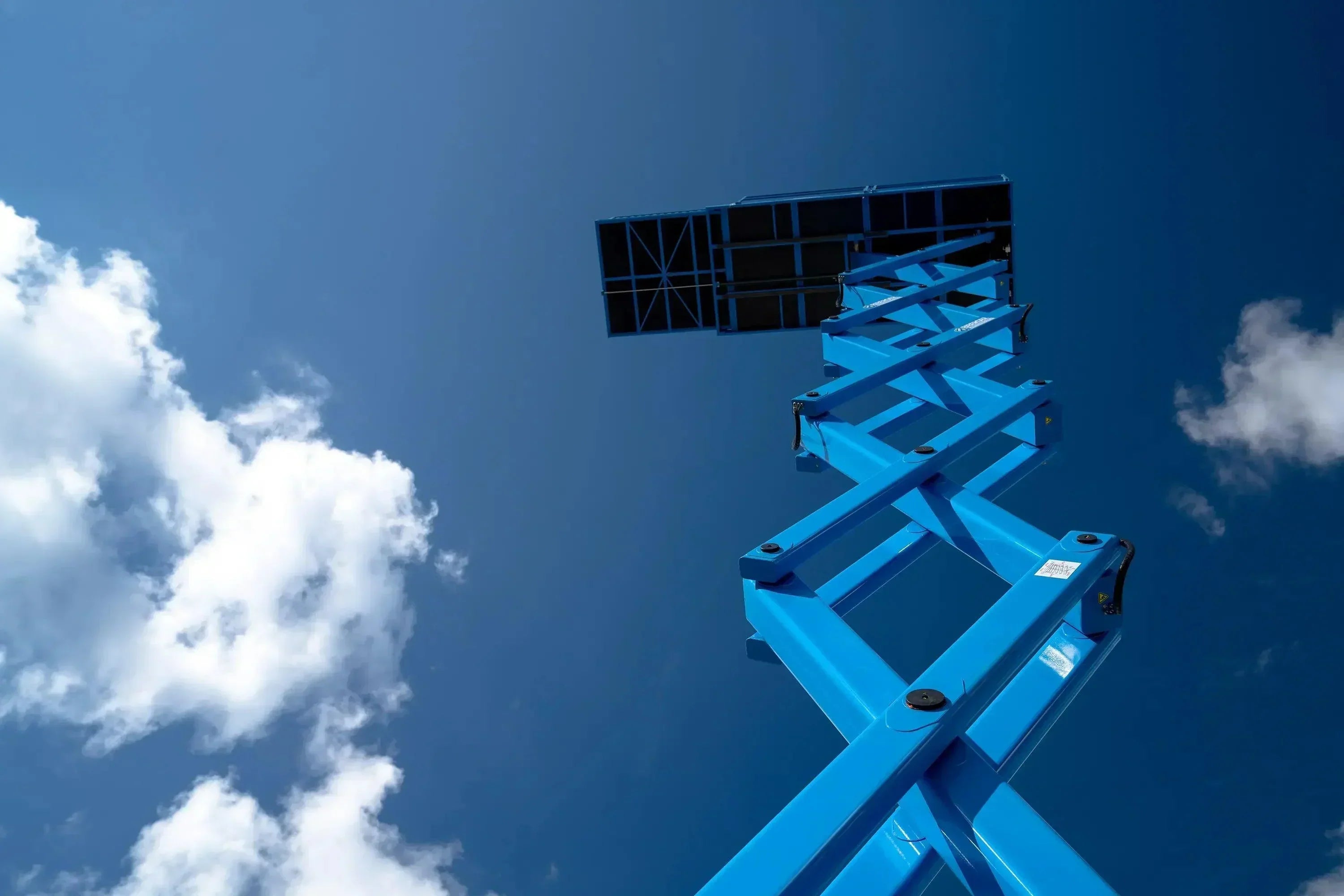

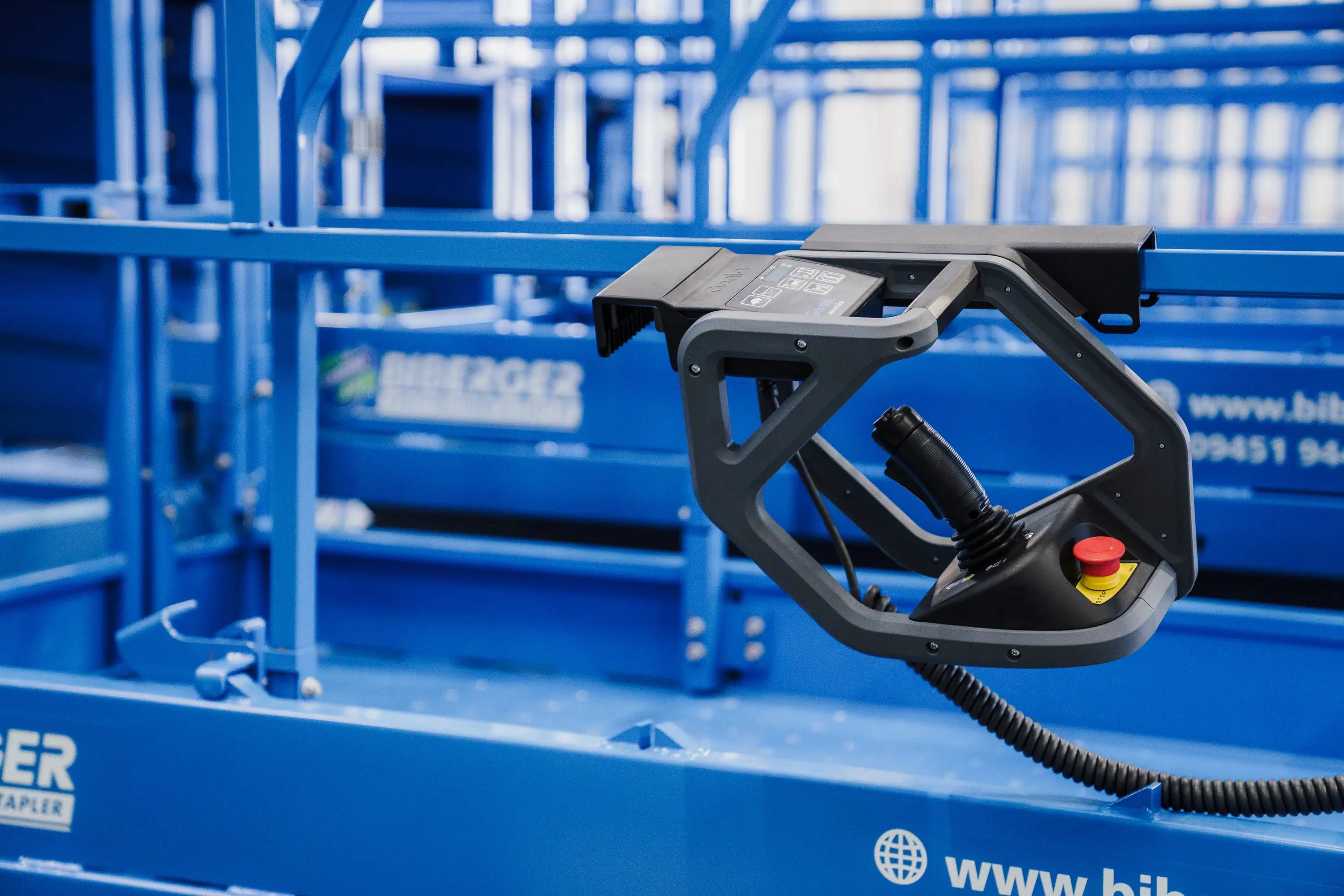
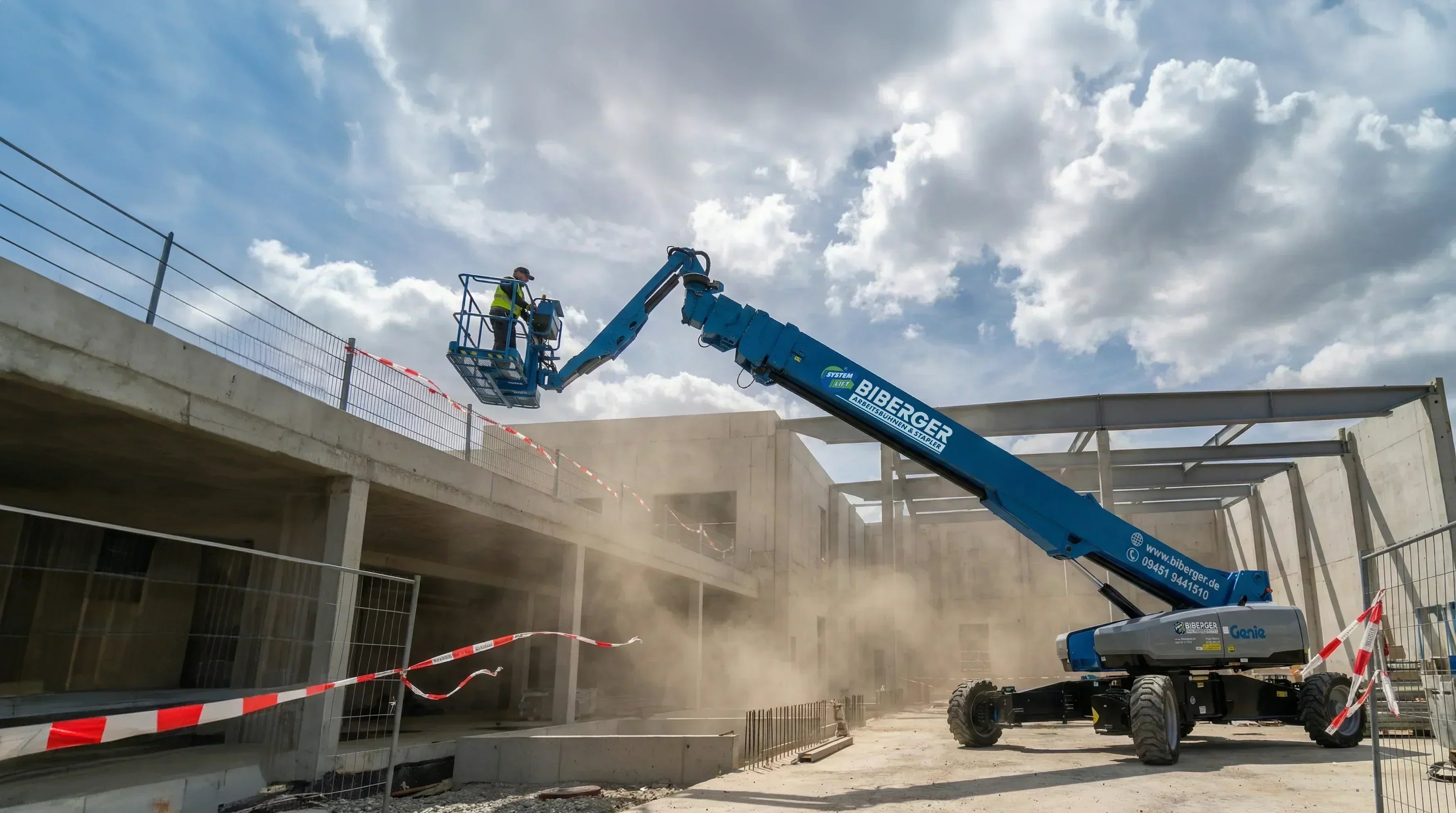
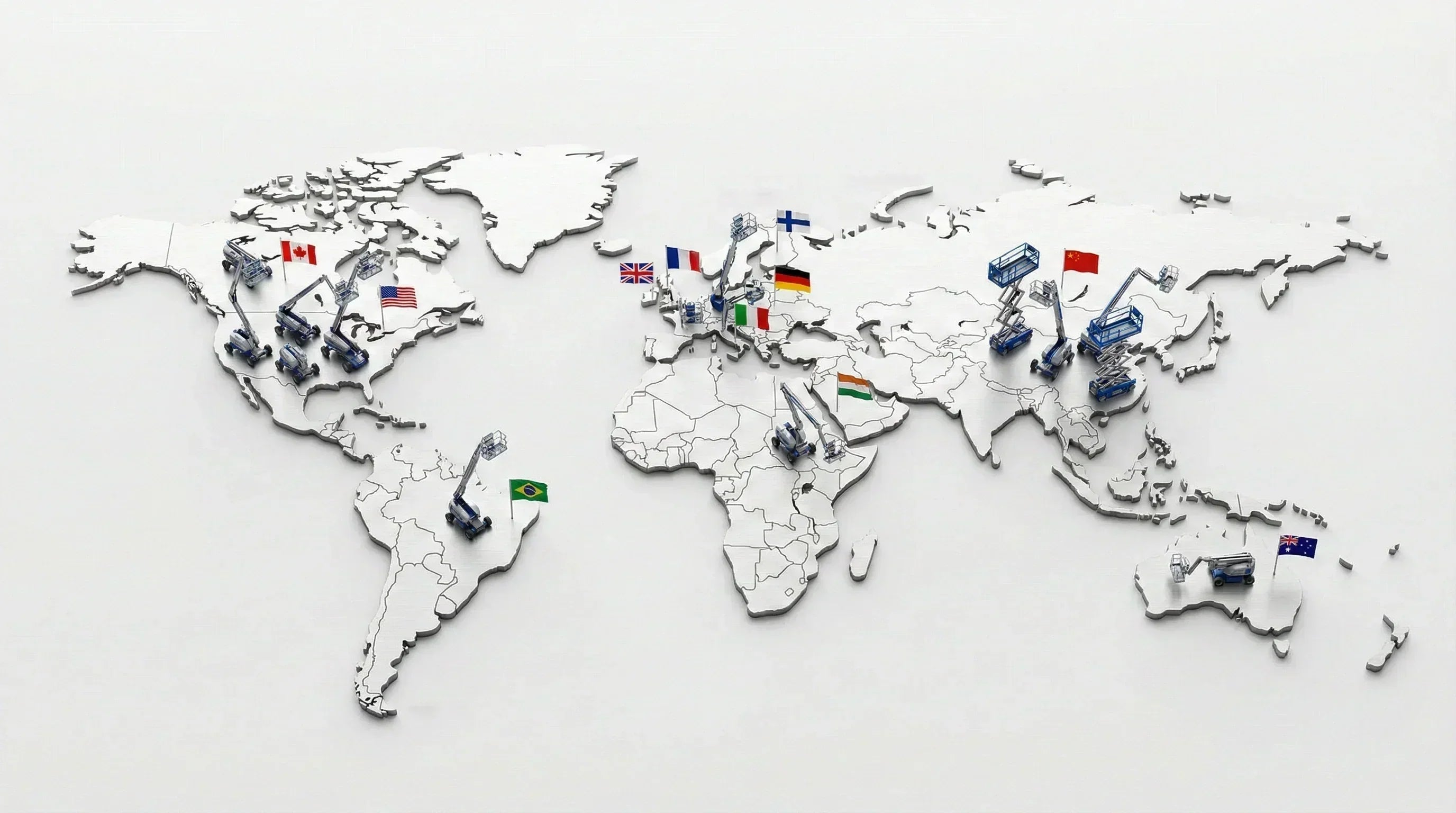
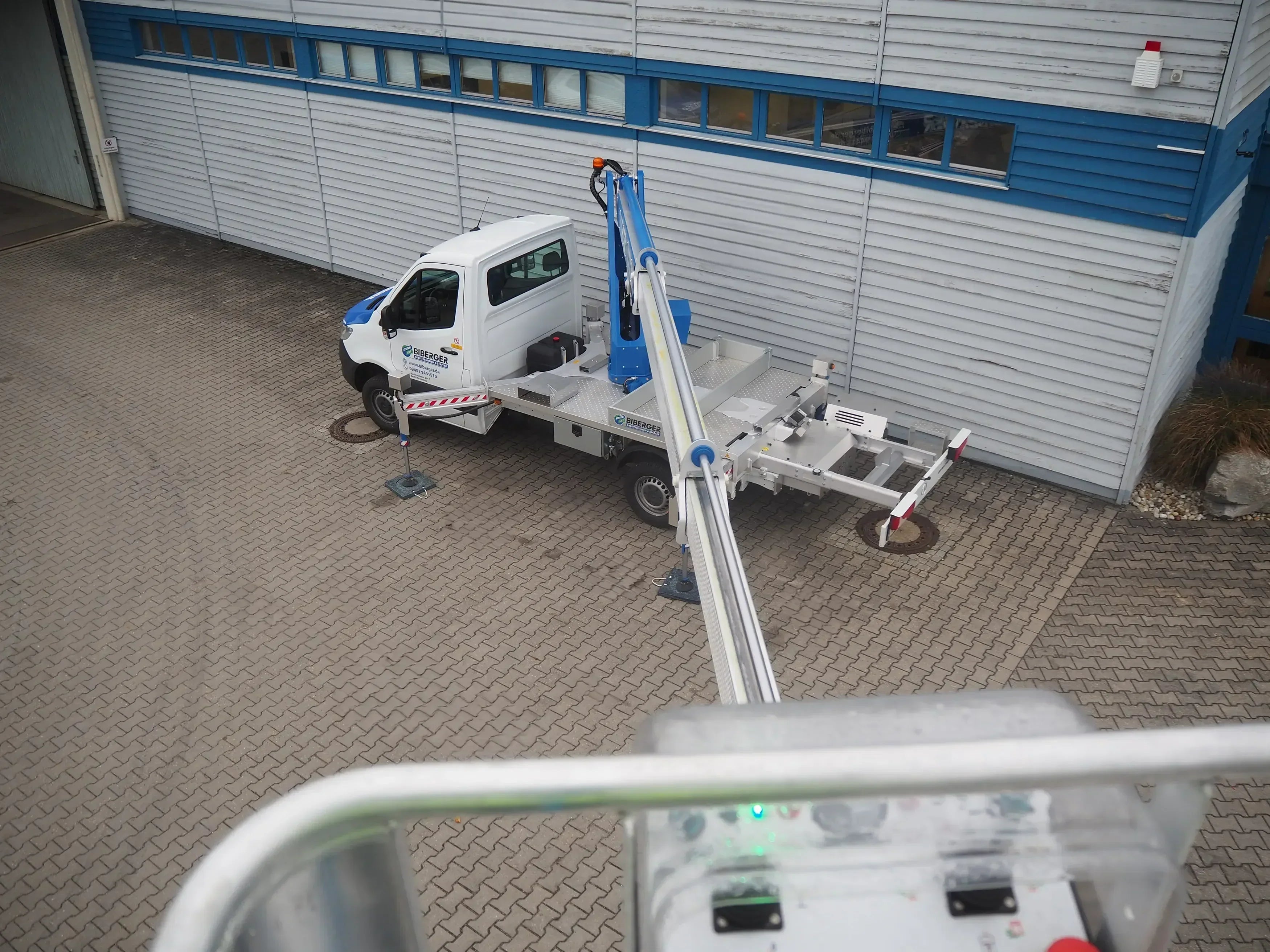
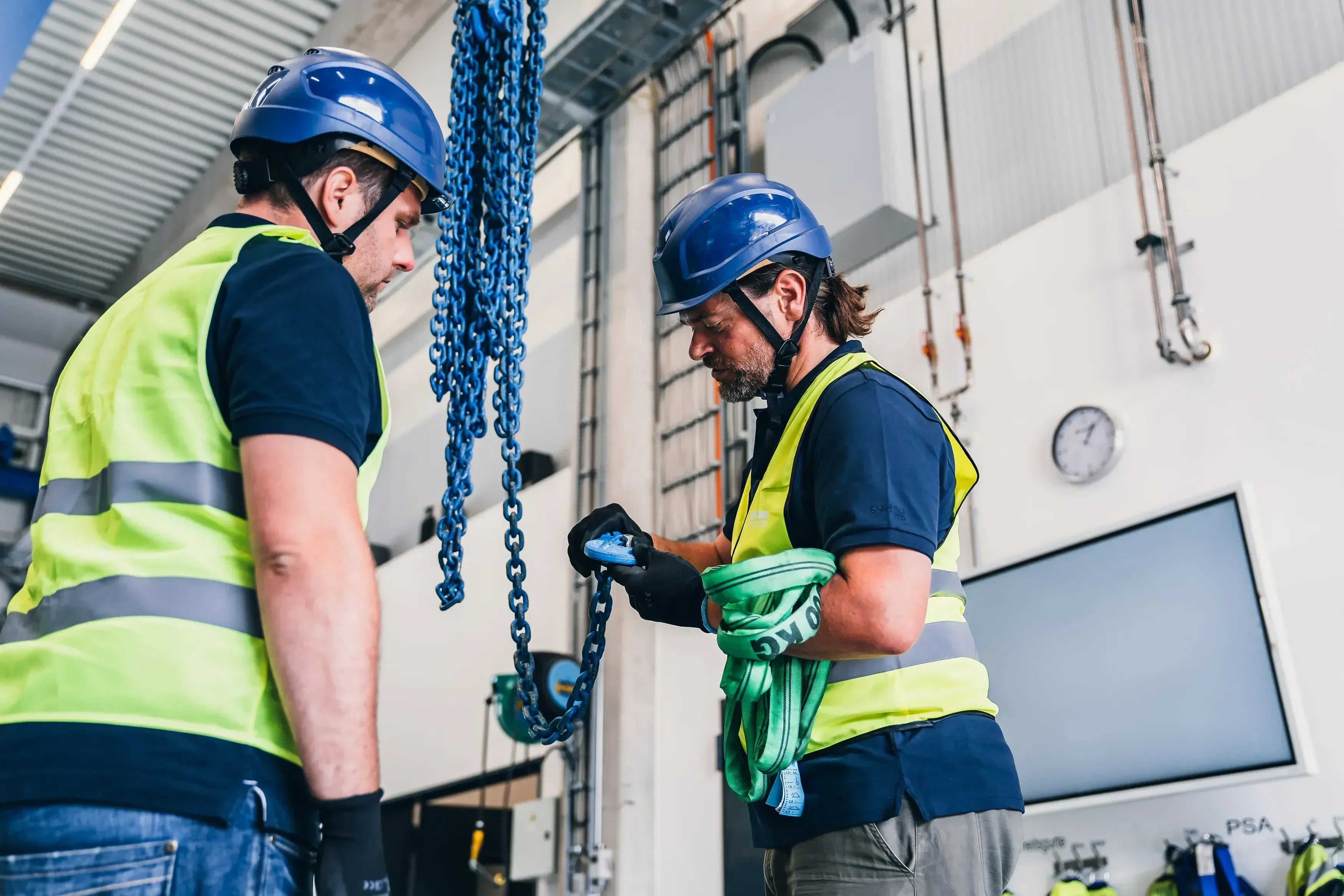
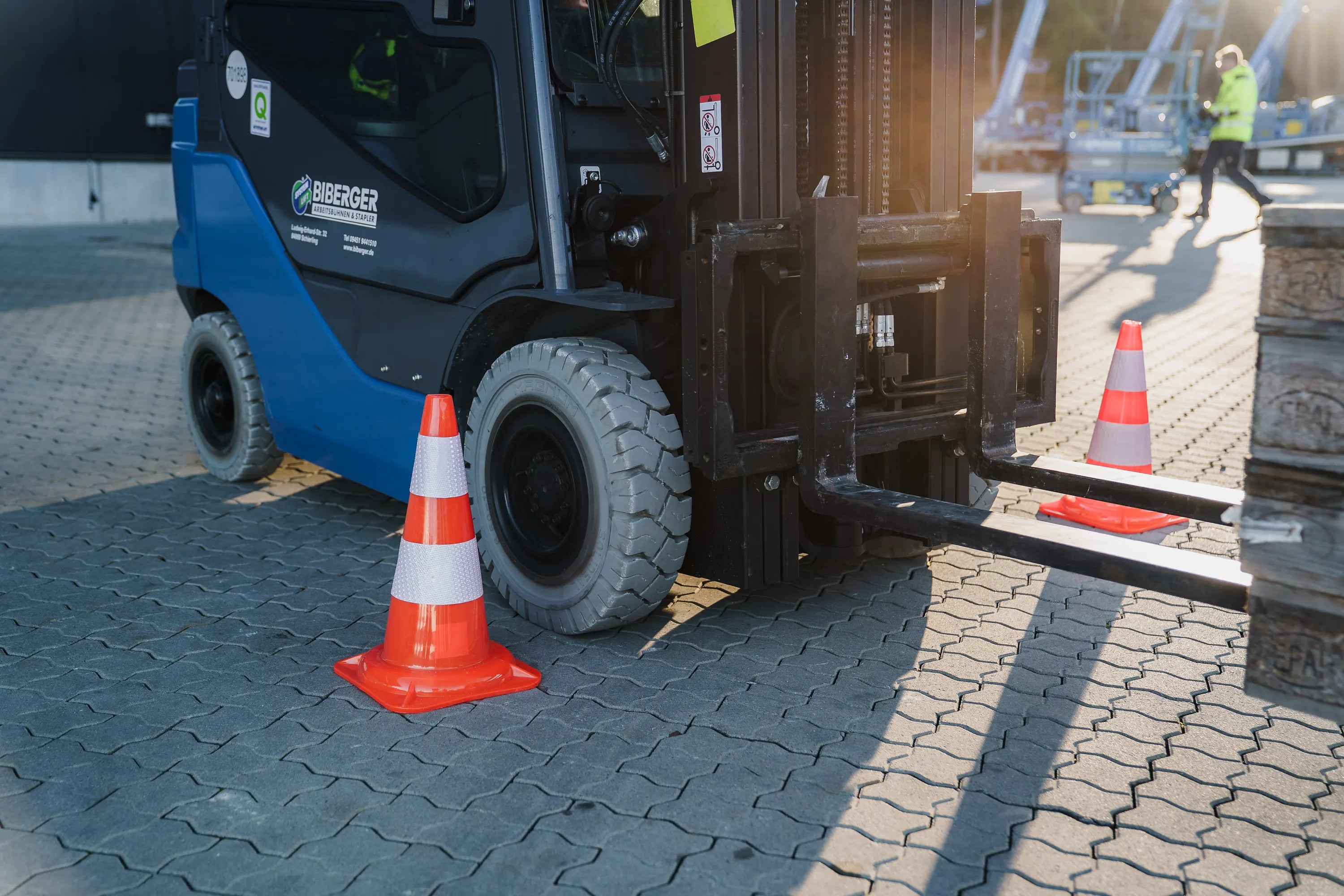
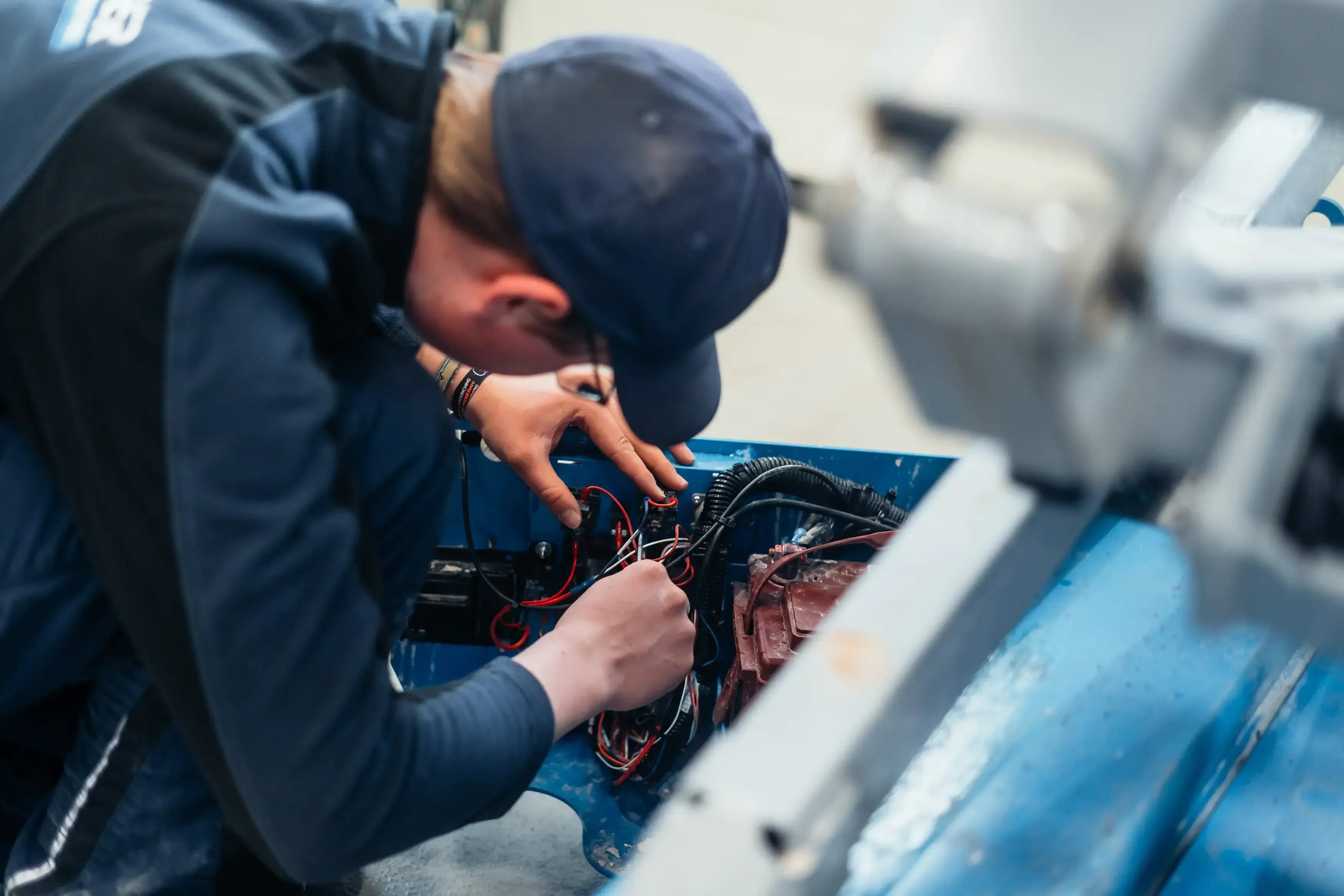
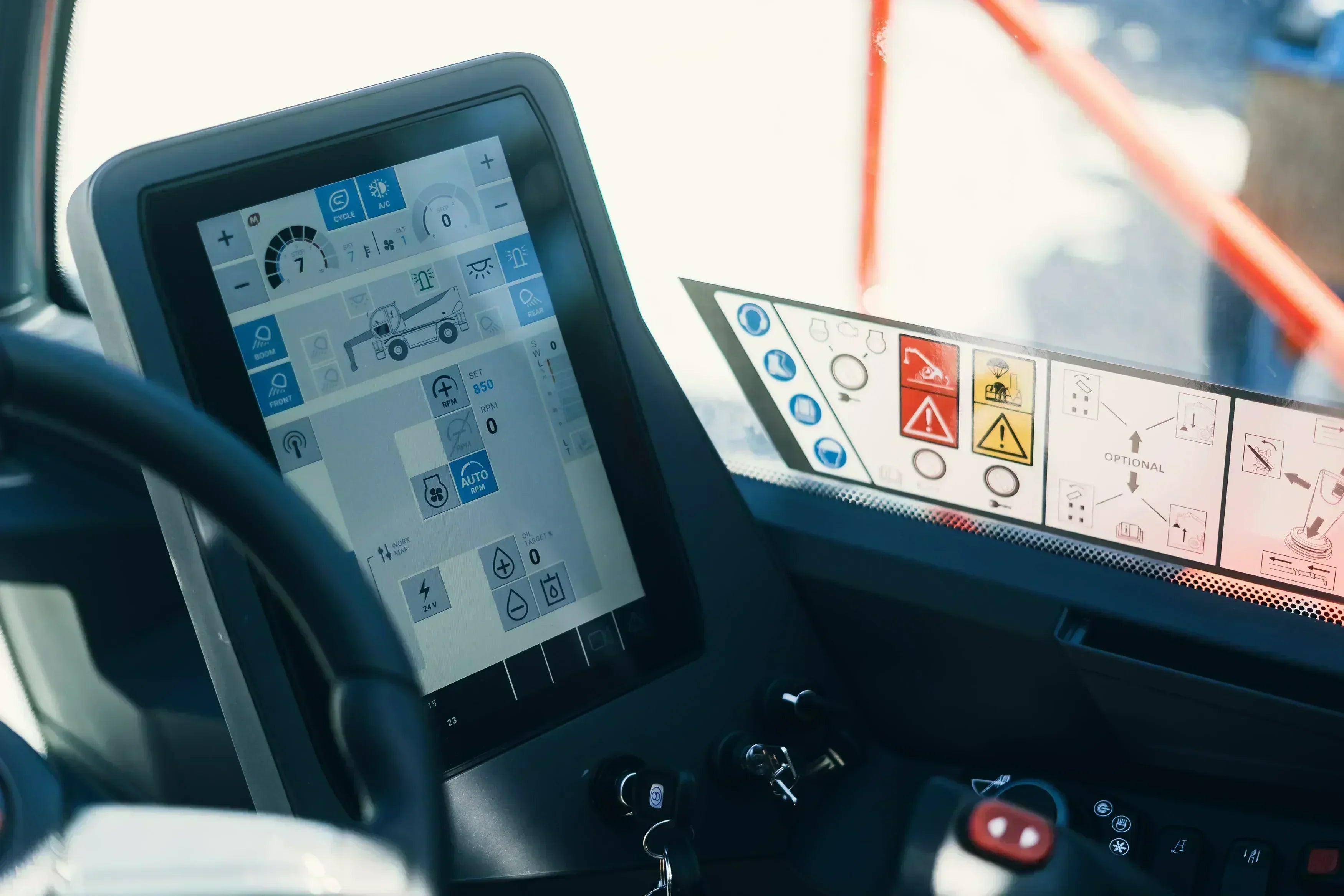






Share:
Non-marking (chalking) tires on aerial work platforms: When and why?
Entering and leaving the work basket of a mobile elevating work platform in working position
Our editorial quality standards
The subject content on biberger.de are editorially created, reviewed, and continuously updated. The basis is our daily work with aerial platforms, telehandlers, and industrial trucks – in rental, sales, operational planning, and technical support.
Each article draws on real-world experience and is editorially reviewed for clarity, accuracy, and practical relevance according to expert criteria. Technical statements are regularly compared against current industry standards and best practices.
The aim of our publications is to make reliable specialist knowledge accessible and to offer guidance to users, decision-makers and industry partners. BIBERGER sees itself as an independent information platform for safe, economical and modern height access technology – well-founded, comprehensible and free from advertising influence.